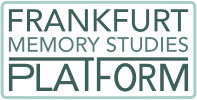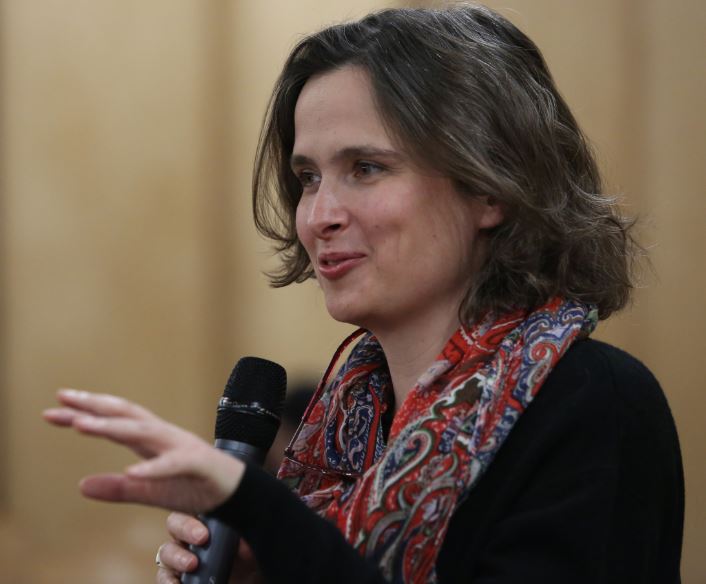The lecture is about early Holocaust memory in West Germany. Using examples from 1950s and 1960s literature, radio and television, it proposes a micro-historical approach towards cultural memories. Contrary to what memory studies often claim, the sources show that Holocaust memory did circulate in the early Federal Republic of Germany, albeit not openly. Rather, it existed in a “subcutaneous” way and was transferred within informal communication, beyond the public sphere.
The lecture is based on the study of archival documents of media history which provide interesting insights into the production and reception of early post-war Holocaust memories. Among the most significant cases is a novel that is hardly known today: Am grünen Strand der Spree (1955). The novel and its adaptations as radio play (1956) and television series (1960) depict a massacre of Jews in the German-occupied Soviet Union. This case study illustrates how editors and producers, rather than writers or directors, shaped the mnemonic discourses of their times. In the lecture, I argue that studying invisible actors along with their micro-histories may contribute to a better understanding of the circulation of memory.
Watch the recording here.



